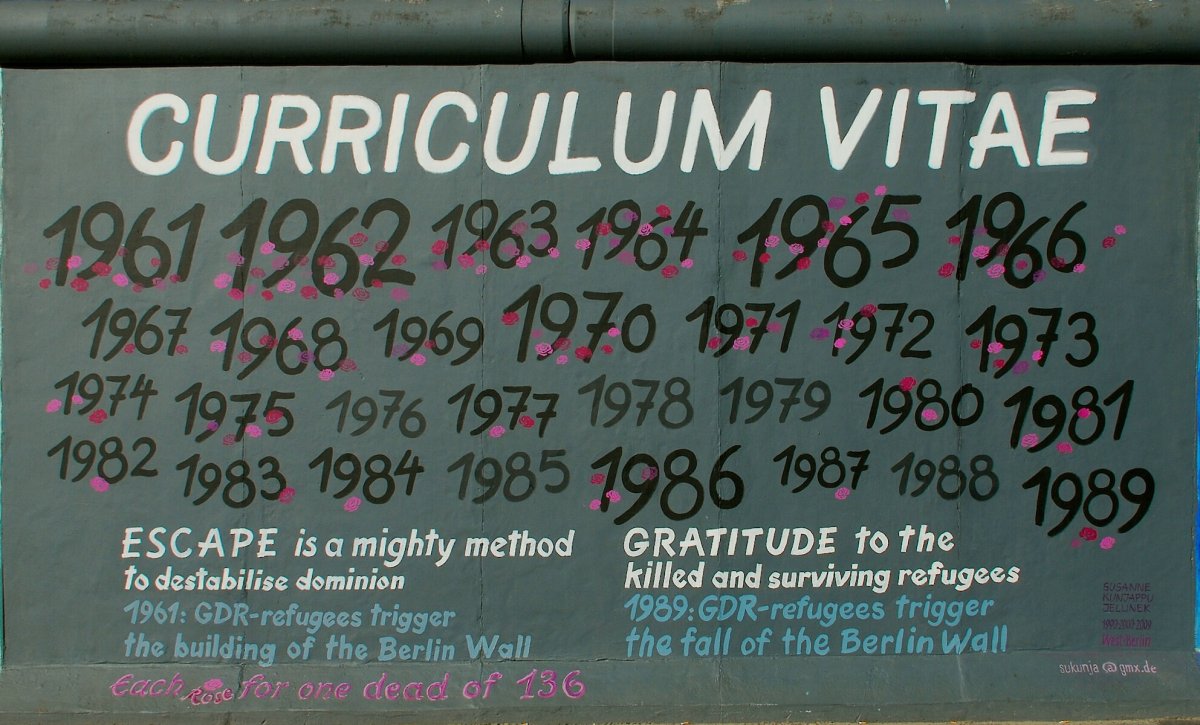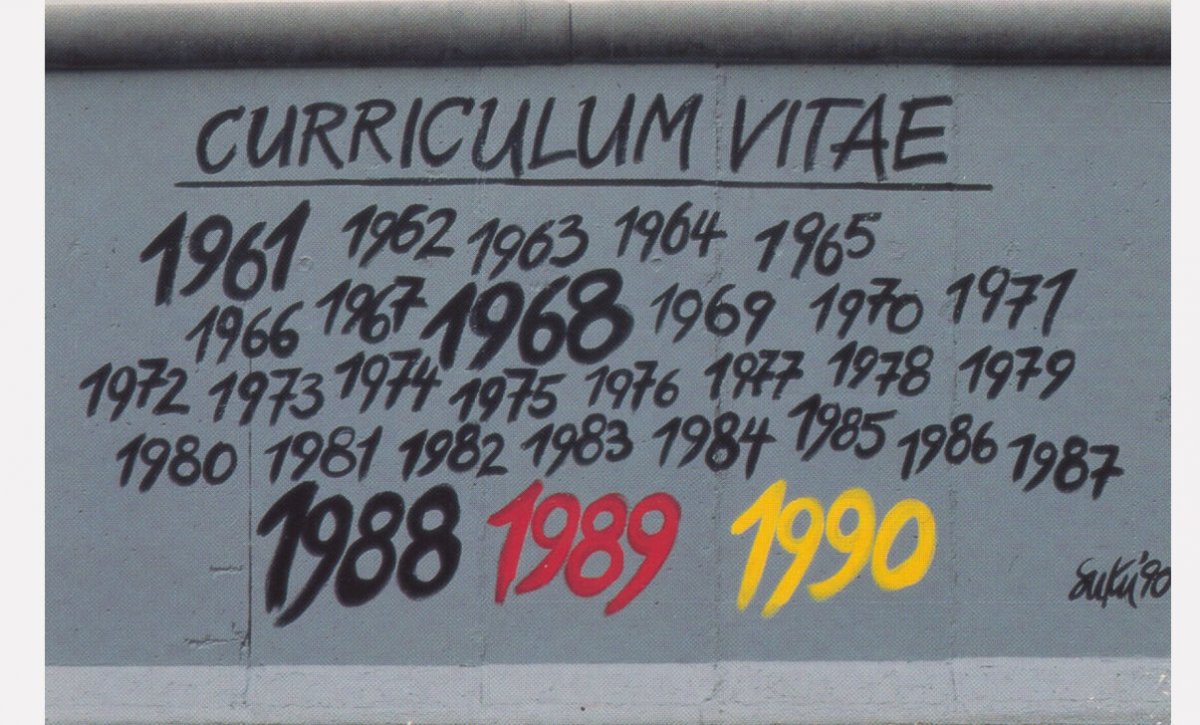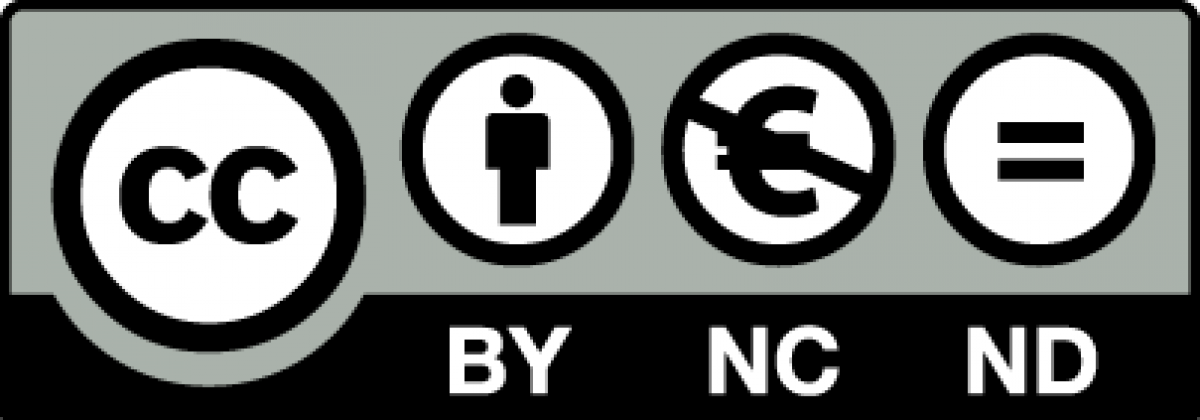Curriculum Vitae
A look at the work of Susanne Kunjappu-Jellinek
Since 1990, visitors from all over the world have marvelled at the East Side Gallery. Many pictures bear witness to the joy of the end of the German division. But the violence of the border regime is also thematized in the gallery. The work "Curriculum Vitae" by Susanne Kunjappu-Jellinek stands for this.By Nina Markert and Ines Schröder
The mural "Curriculam Vitae" by Susanne Kunjappu-Jellinek at the East Side Gallery, 2009 (Photo: Berlin Wall Foundation - Günther Schaefer)
Very few visitors know that, like most of the artworks along the East Side Gallery, "Curriculum Vitae" was repainted in 2009. Graffiti and weathering had severely damaged the East Side Gallery's artworks. The murals were removed for a basic renovation of the Wall and the gallery. At the same time, the "S-T-E-R-N Gesellschaft der behutsamen Stadterneuerung mbH" called on artists to paint their original works again. Most responded to the call, but some also voiced criticism of the restoration. At the centre of the critique was the argument that art is always tied to the time of its creation. The painter Jim Avignon, for example, refused the planned copy of his original piece and pleaded for an adaptation of the pictorial content to the then-current living environment.
Today's version of "Curriculum Vitae" differs significantly from the original work. When Kunjappu-Jellinek wrote the original version in 1990, the former East Berliner had already been living in the West for 19 years. In 1972, she had been imprisoned by the GDR state authorities for "preparing to flee the Republic" and had been ransomed by West Germany. Entry bans separated her from her family in East Berlin. Her original work reflected her joy at the fall of the Wall and her optimistic expectations for the future. In it, Kunjappu-Jellinek had painted the years 1989, 1990 and 1991 in the colours of the West German flag: black, red and gold.
In 2009, she added a darker background, text, and roses. The impetus for this redesign came from the results of a research project on the victims of the Berlin Wall. Historians now estimate that 140 people died at the Berlin Wall. Most of them were shot by GDR border guards, and some died while trying to escape. Also among the victims were people with no intention of escaping and East German border guards.
Every day, numerous visitors come to the East Side Gallery and pose in front of the works of art. Susanne Kunjappu-Jellinek does not understand why the Wall is used as a selfie background. With "Curriculum Vitae", she appeals for the commemoration of the Wall victims and makes a critical contribution to the debate about the tourist development of the East Side Gallery. Since 2018, the Berlin Wall Foundation has offered guided tours, workshops and events at the open-air gallery to promote commemoration and learning at the historic site.
This text is published under the Creative Commons license "CC BY-NC-ND 4.0". You may share the text by mentioning the license CC BY-NC-ND 4.0 and the authors. Copyright information for the images can be found in the image captions.



